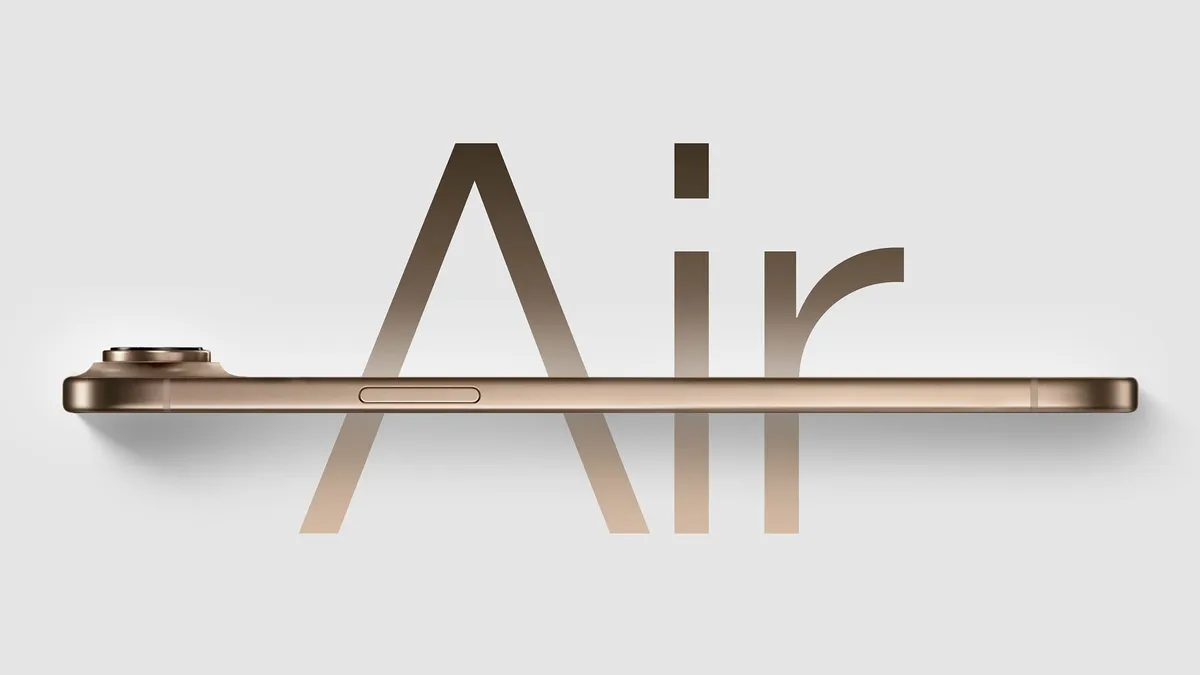
In an intriguing development within the tech world, Apple reportedly prototyped a larger, ultra-slim iPhone 17 Air featuring a stunning 6.9-inch display. However, the company ultimately decided against moving forward with this ambitious device due to concerns that it might be prone to bending. This revelation comes from a recent report by Bloomberg's trusted reporter, Mark Gurman, who shared insights in his latest edition of the Power On newsletter.
Initially, Apple explored the idea of a device equipped with a massive 6.9-inch screen, which would have matched the size of the iPhone Pro Max. However, the project was scrapped after the company raised alarms about the potential for a thin phone with such a large display to warp. This apprehension is rooted in Apple's past experience, particularly the controversy known as Bendgate in 2014, when users reported that the iPhone 6 Plus would occasionally bend when stored in tight pockets.
Earlier this month, rumors emerged from China suggesting that the upcoming iPhone 17 Air would share identical dimensions with the iPhone 17 Pro Max, with the primary distinction being the thickness of the devices. It is plausible that these rumors stemmed from Apple's discontinued prototype, hinting at the company's ongoing experimentation with various designs.
Current corroborating reports suggest that the iPhone 17 Air, set to launch in September, will come equipped with a 6.6-inch display featuring 120Hz ProMotion support. Additionally, it will likely include the much-anticipated Dynamic Island feature, an A19 chip for enhanced performance, a single 48-megapixel rear camera, and Apple's custom-made C1 modem. These specifications indicate that Apple is committed to providing users with a high-quality smartphone experience, even as they navigate design challenges.
Gurman has indicated that the iPhone 17 Air may start at approximately $899 in the U.S., aligning with the price point of the iPhone 16 Plus that the ultra-thin device is expected to replace in Apple's smartphone lineup. This pricing strategy reflects Apple's ongoing commitment to delivering premium devices while maintaining competitiveness in the smartphone market.
In conclusion, while the ultra-slim iPhone 17 Air prototype did not make it to market, the innovations and features expected in its successor continue to excite Apple enthusiasts and smartphone users alike. As we await the official launch, the tech community remains eager to see how Apple navigates these design challenges in the ever-evolving landscape of mobile technology.